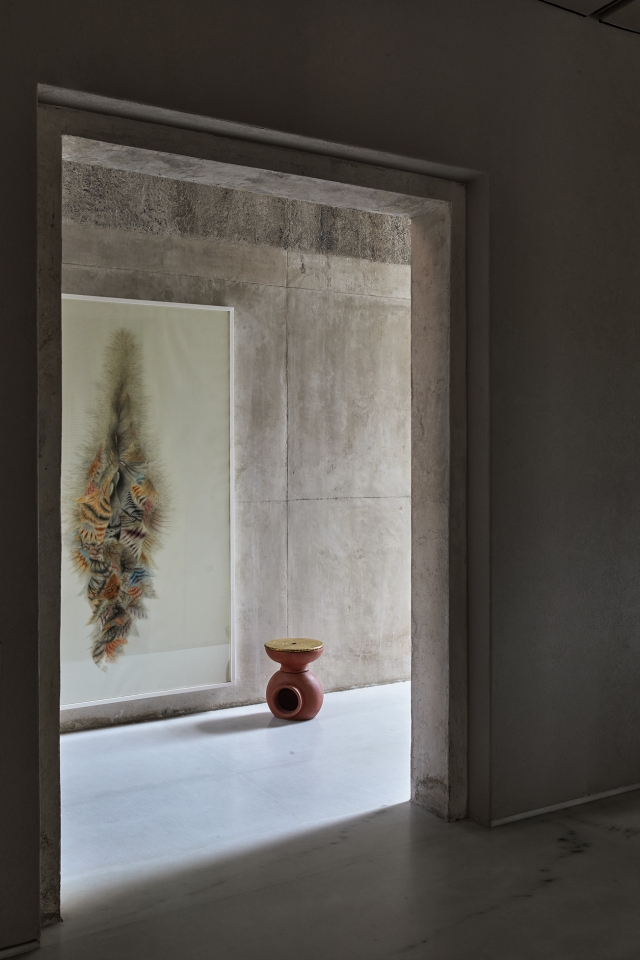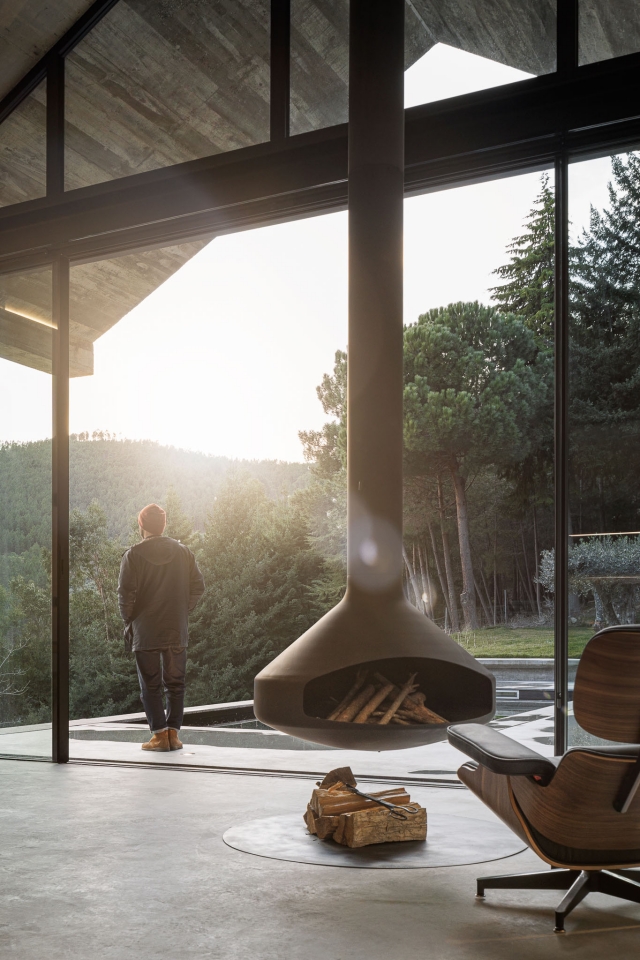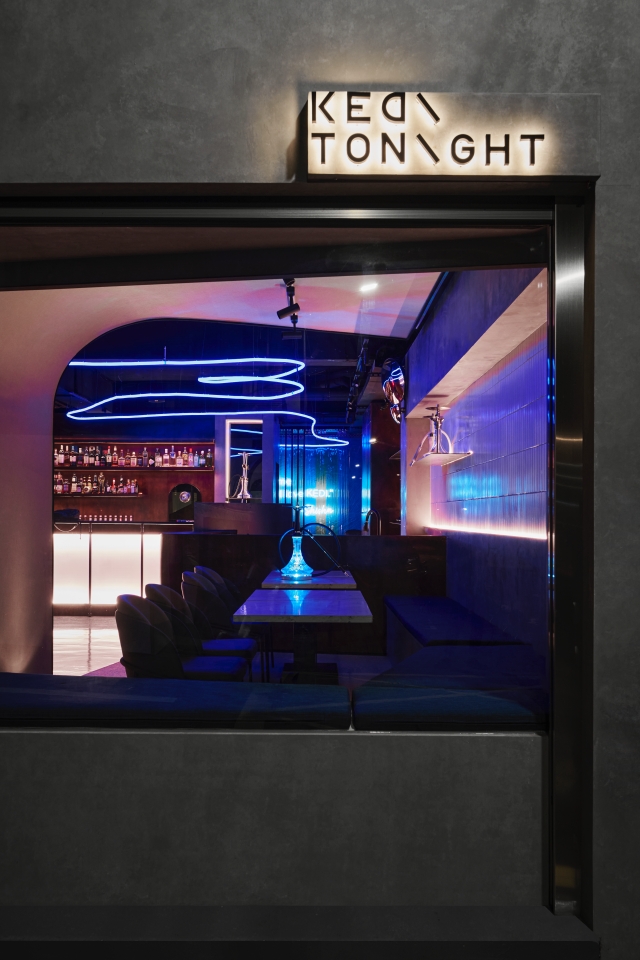The Shenzhen Museum of Contemporary Art and Urban Planning (MOCAUP) recently played host to artist Jacky Tsai's Shenzhen debut exhibition "A Journey of All and None", where the artist collaborated with PP Design Gallery in creating a collection of art benches displayed at the exhibition. Mao Hua, founder of EK Design & PP Design Gallery, and artist Jacky Tsai together investigate the intersection of design and art, unraveling their whimsical ideas fueling this collaborative creation.
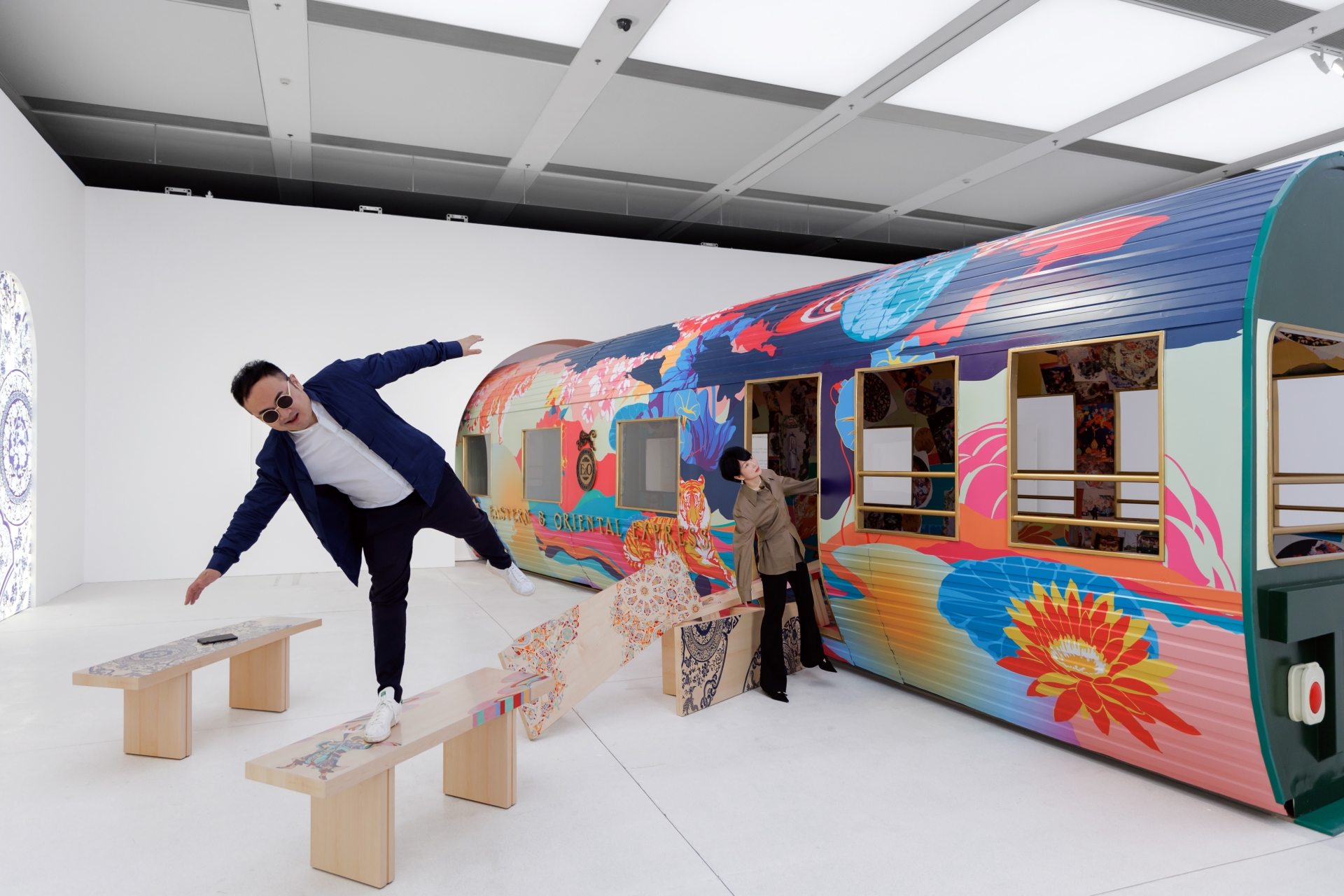
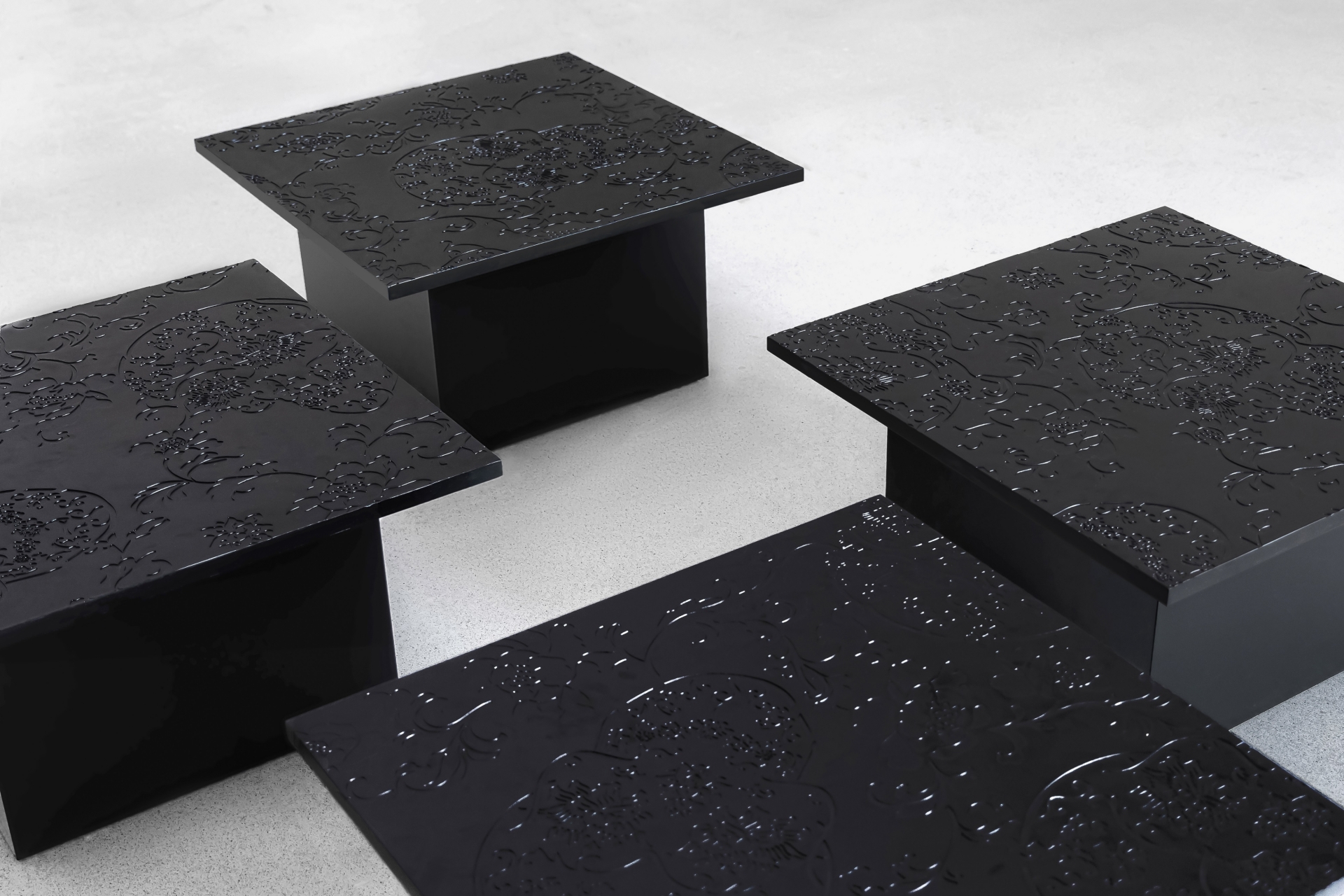
The origins of the nine benches are, in fact, an accidental necessity. Mao Hua, a seasoned interior designer with over two decades of experience, and Jacky Tsai, a distinctive artist exploring the fusion of traditional Oriental culture and pop culture, are both alumni of the University of the Arts London. Their initial encounter was built upon a simple connection – "an obsession with furniture design," as Tsai puts it. Their original plan was to open a cafe in London together, but the venture never came to fruition. Instead, they proposed, "Why not construct a bench in Shenzhen first?" Behind this serendipitous decision was a mutual dedication to crafting functional art furniture.
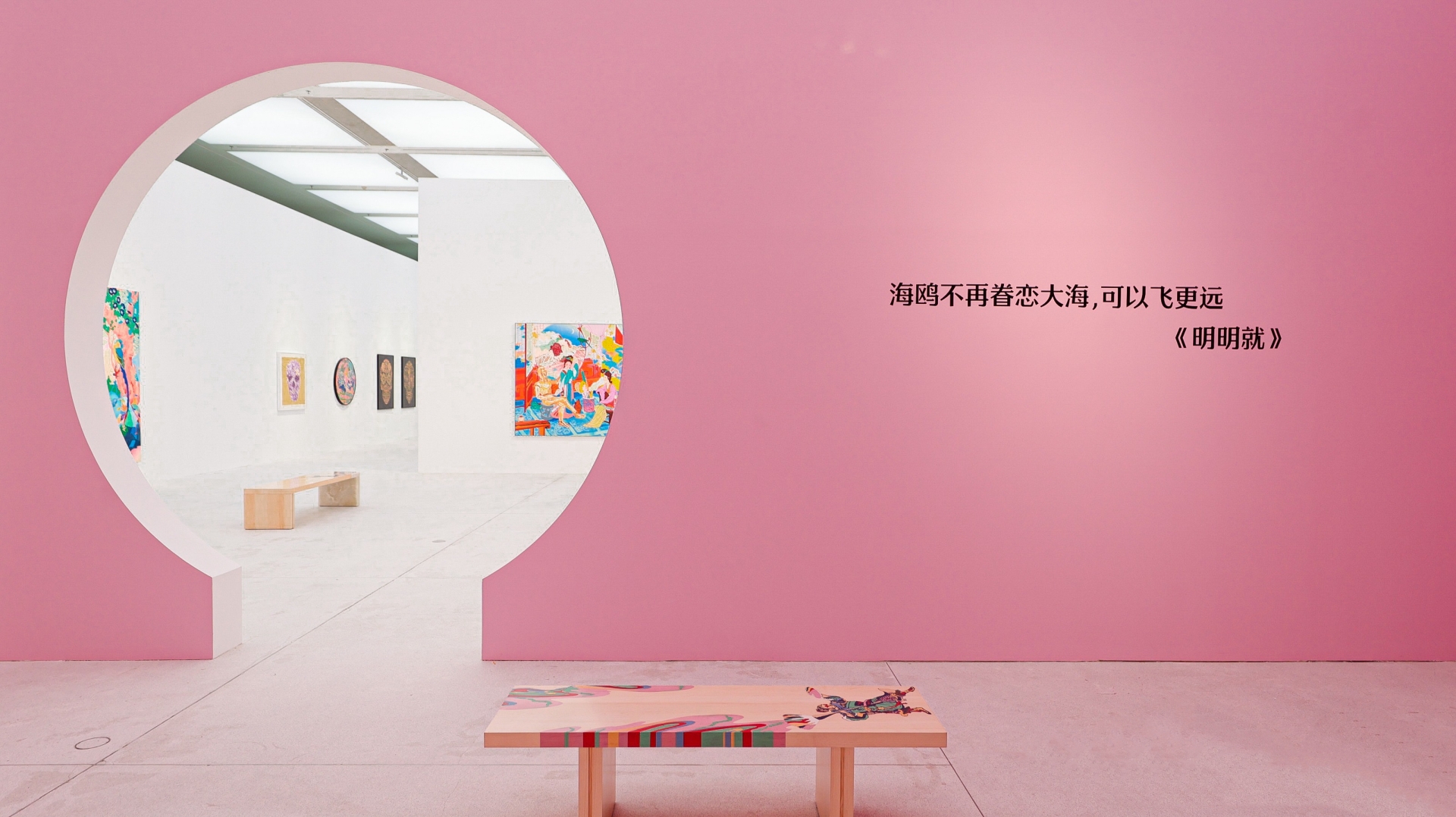
"Jacky is an open-minded and non-conformist artist who is grounded," Mao Hua said. "He believes that design and art are not separate domains. This idea perfectly aligns with my views. We both belong to the group of individuals who are willing to stray from conventional boundaries."
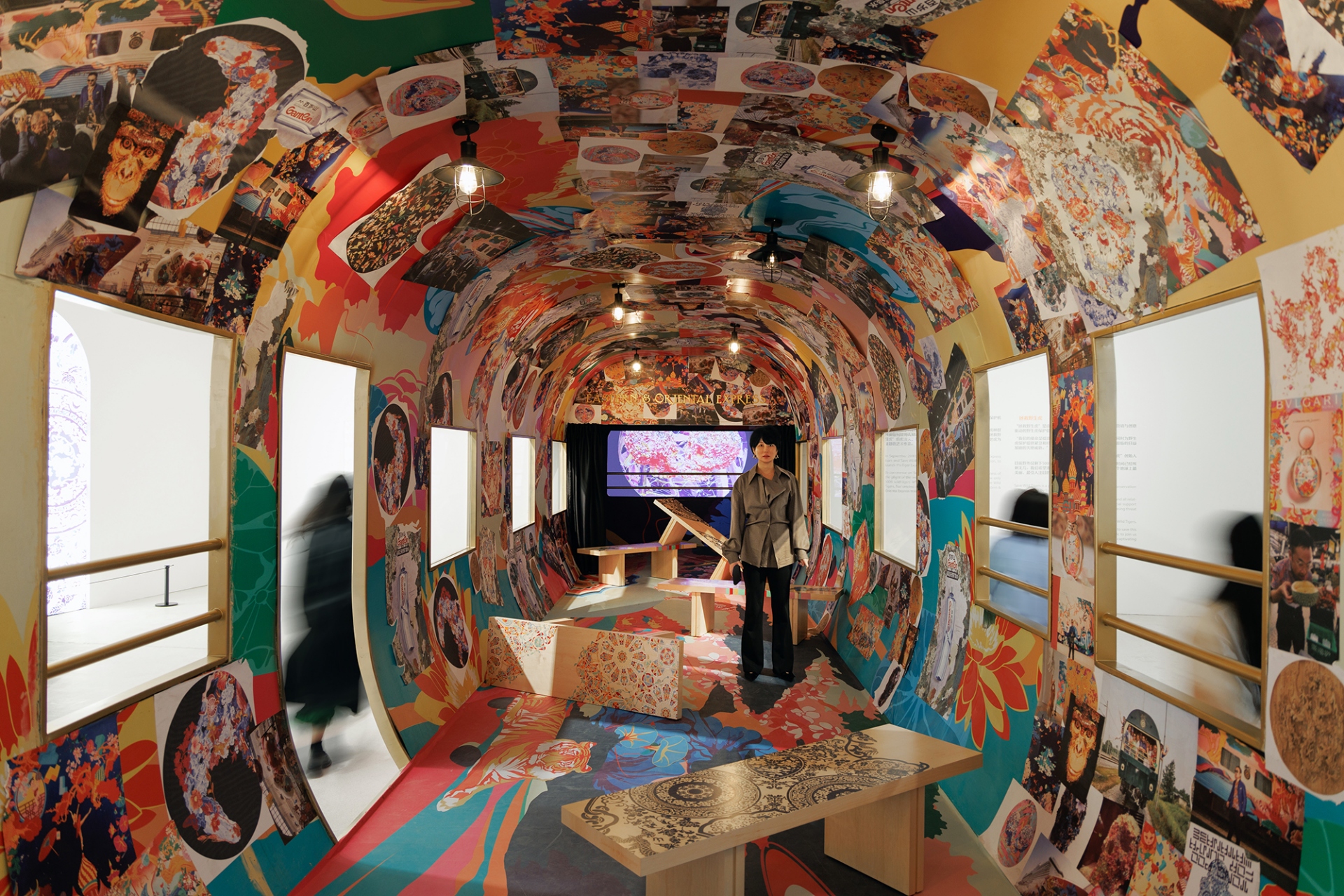
Much like the indefinite boundary between art and design, where artists venture into design and designers explore art, can the connection between the viewer, the artwork, and the furniture expand and evolve into a new form? Shrouded in a dark hue and intricate lines, this bench exudes a philosophical metaphor under its profound power.
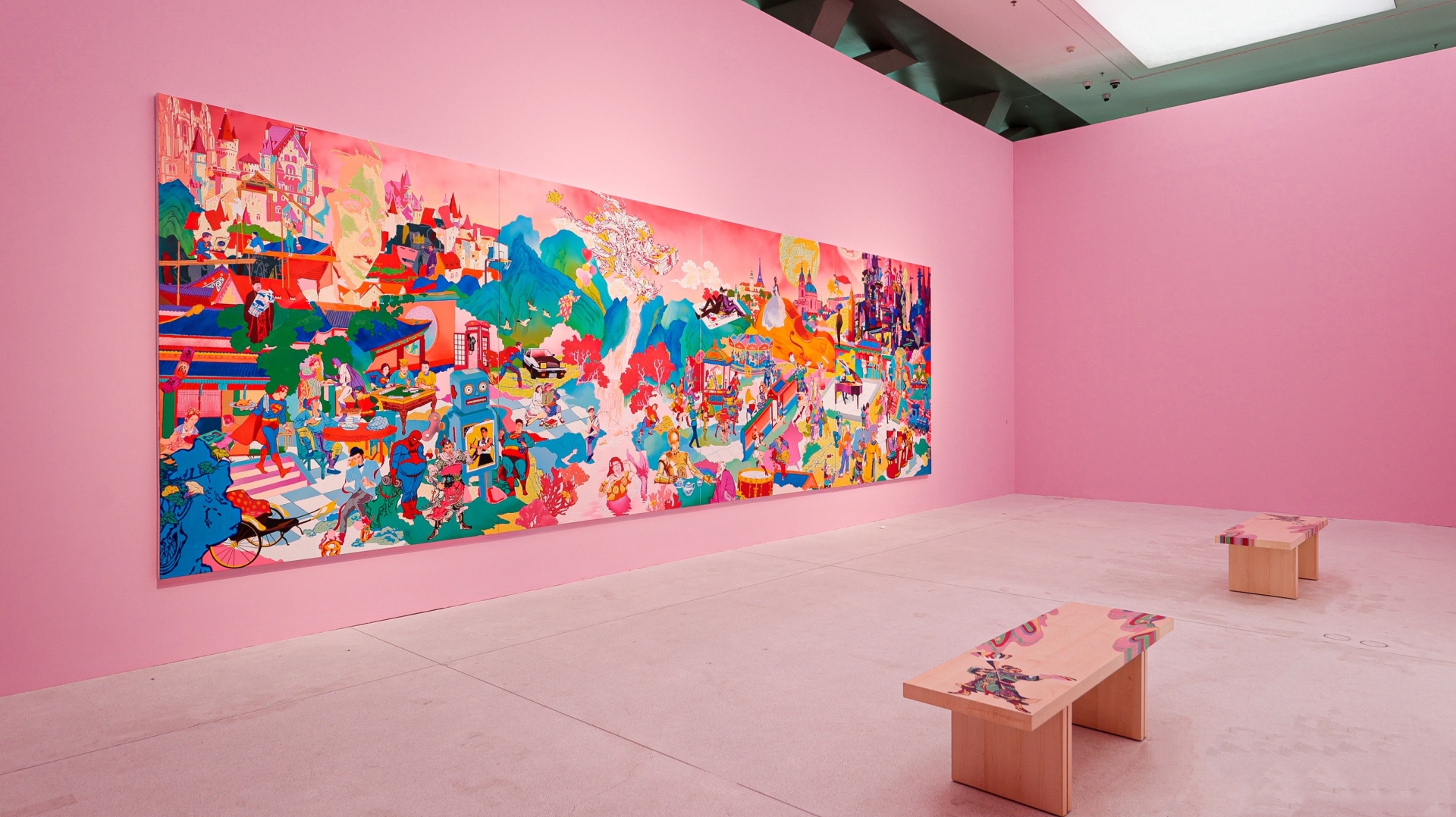
"In China, furniture is often viewed as purely functional, with people thinking 'what is good is expensive,' and opting for brand name, mass-produced furniture that lacks artistic flair. Nonetheless, there is a niche group that values art furniture," Mao Hua said. "From collections of expensive antique furniture in the past to contemporary non-production pieces like vintage furniture, a gray area exists between art and mass-produced furniture – non- mass-produced, functional creations by artists," she added. In comparison to the widespread recognition of art furniture abroad, there seems to be a gap waiting to be closed in China. Despite that most artworks in exhibitions remain untouchable, not all art pieces are unattainable and elusive. The art bench collection is not merely there to "fill a gap"; rather, it seamlessly integrates into the exhibition and the artwork, offering a natural and interactive experience. This approach enables viewers to physically connect with the art benches' craftsmanship.
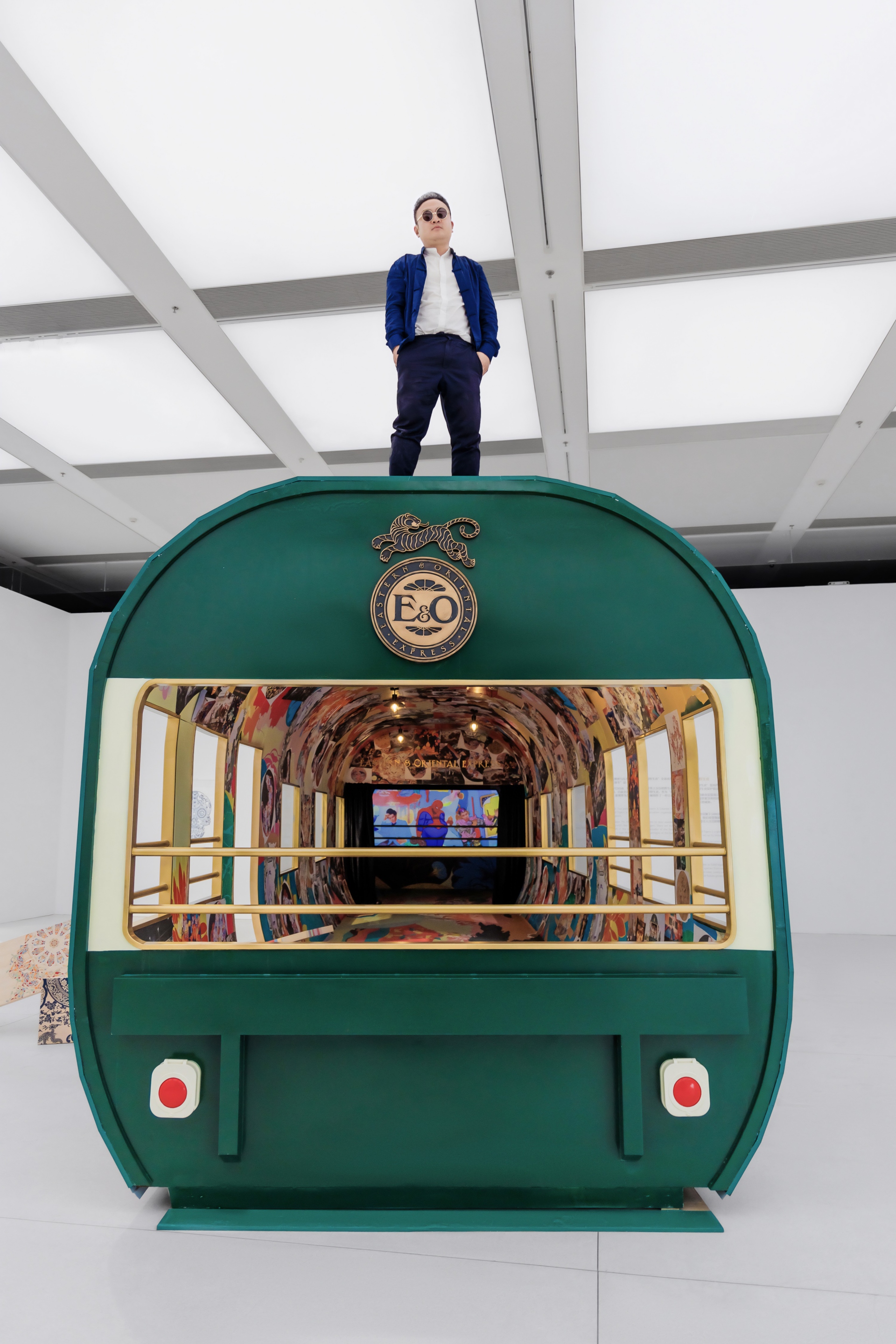
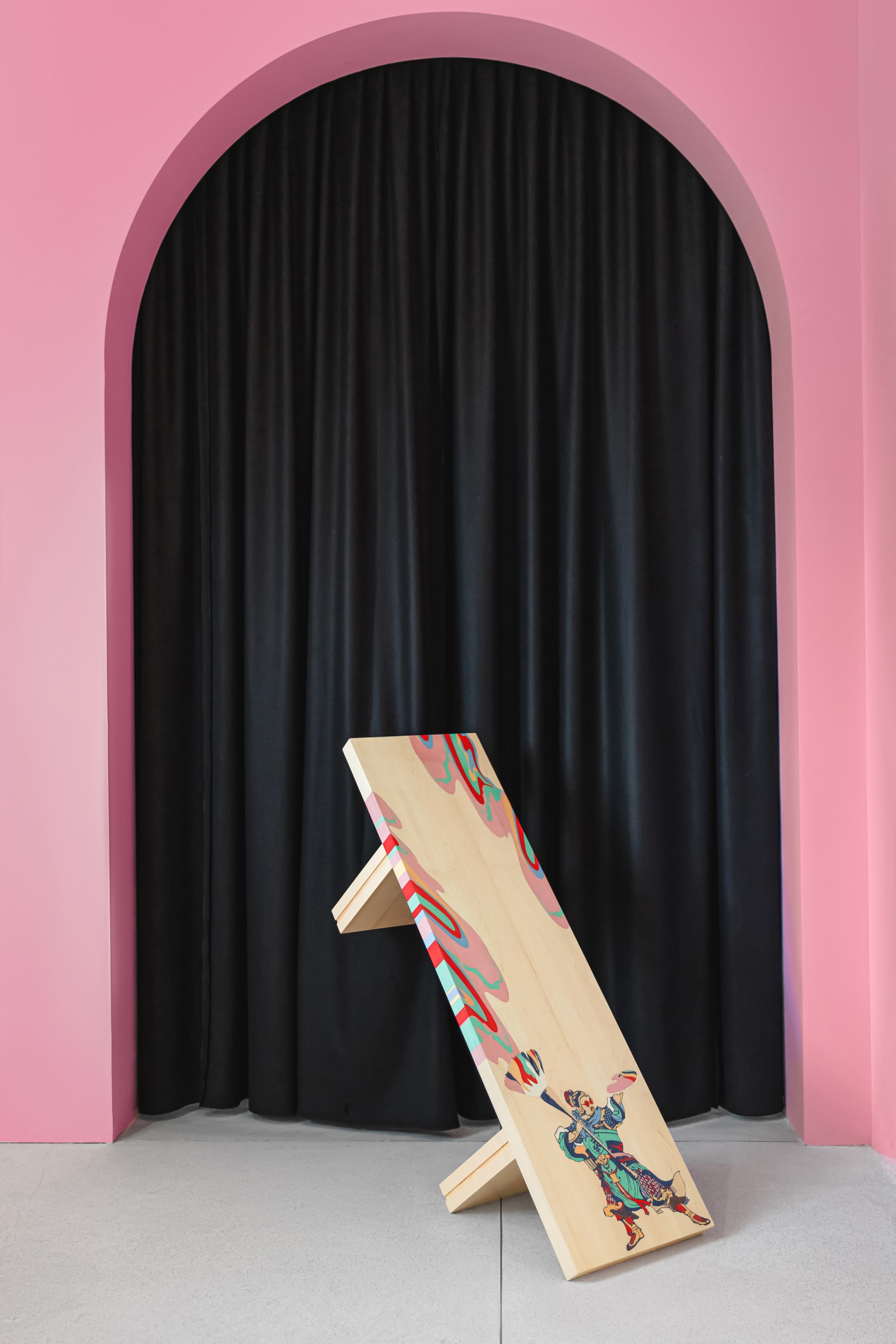
Looking forward to the future of art furniture, Jacky Tsai envisions a world where "individuals can easily attain functional artworks and bring them home.” The art benches at the exhibition site, adorned with vibrant patterns, gracefully avoid overshadowing the main attraction. Their simple and unobtrusive design conceals a fusion of traditional Chinese culture and Western pop culture within the realm of contemporary art. As per Jacky Tsai, the 1960s and 1970s pop art featured a sense of lightness, humor, and irony. Accordingly, the essence of his presented works reflects his contemporary contemplations on Chinese and Western cultures. These creations weave traditional Chinese literature, mythology, and art with handmade materials and techniques honored as intangible cultural heritages. Mao Hua, entrusted with the task of mixing East with West, aligns Jacky Tsai's viewpoint. "Culture often carries a significant connotation. In our exploration of the cultural perspective of art furniture, we aim to reduce the burden, integrate a Western sense of humor into Eastern culture, and provide a new interpretation." "From an architectural perspective, ancient Chinese structures excelled in using wood, while in ancient Greek civilization, stone was the preferred material for building." "Rock Carving", one of the art benches, skillfully integrates stained wood veneer inlays with the artist's pop graphic language. It combines stone and wood materials smoothly and applies the shell inlay technique to create the image of "General Tsai", a character inspired by the artist himself. With traditional wood serving as a bridge, the craftsman excavates and explores the wonders of stone from East to West. This narrative creates an intriguing, vivid, and vibrant Chinese character exploring the Western civilizations.
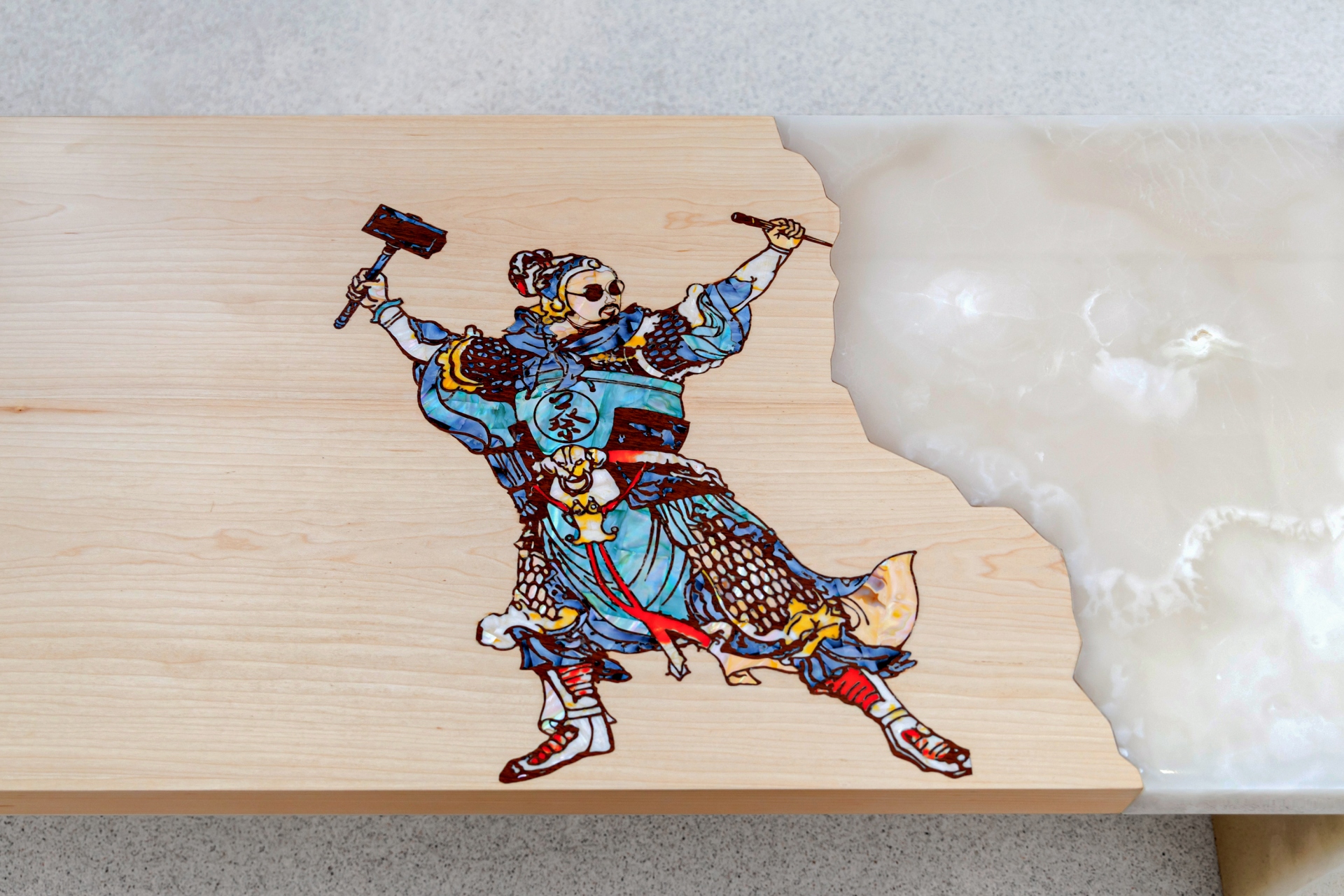
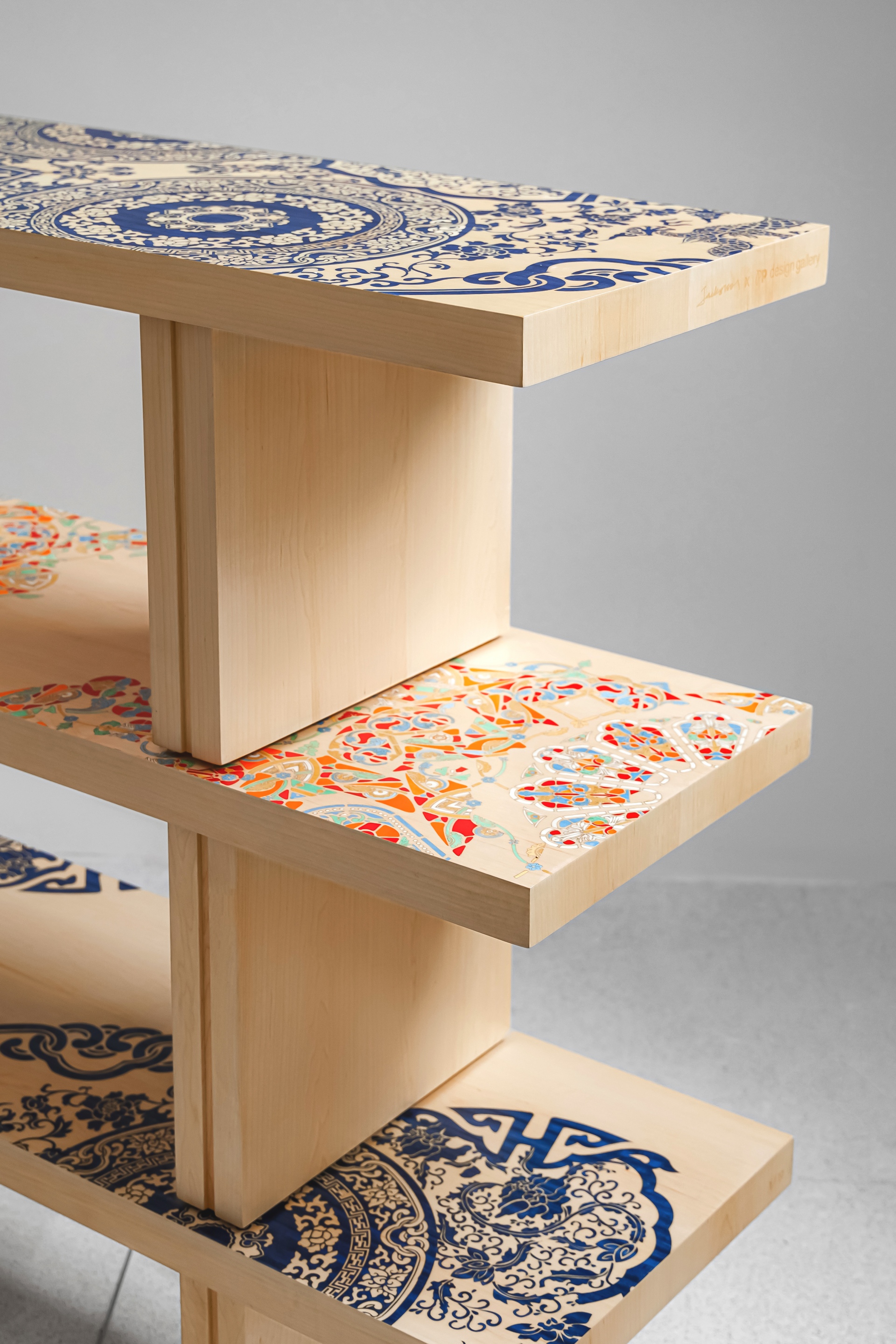
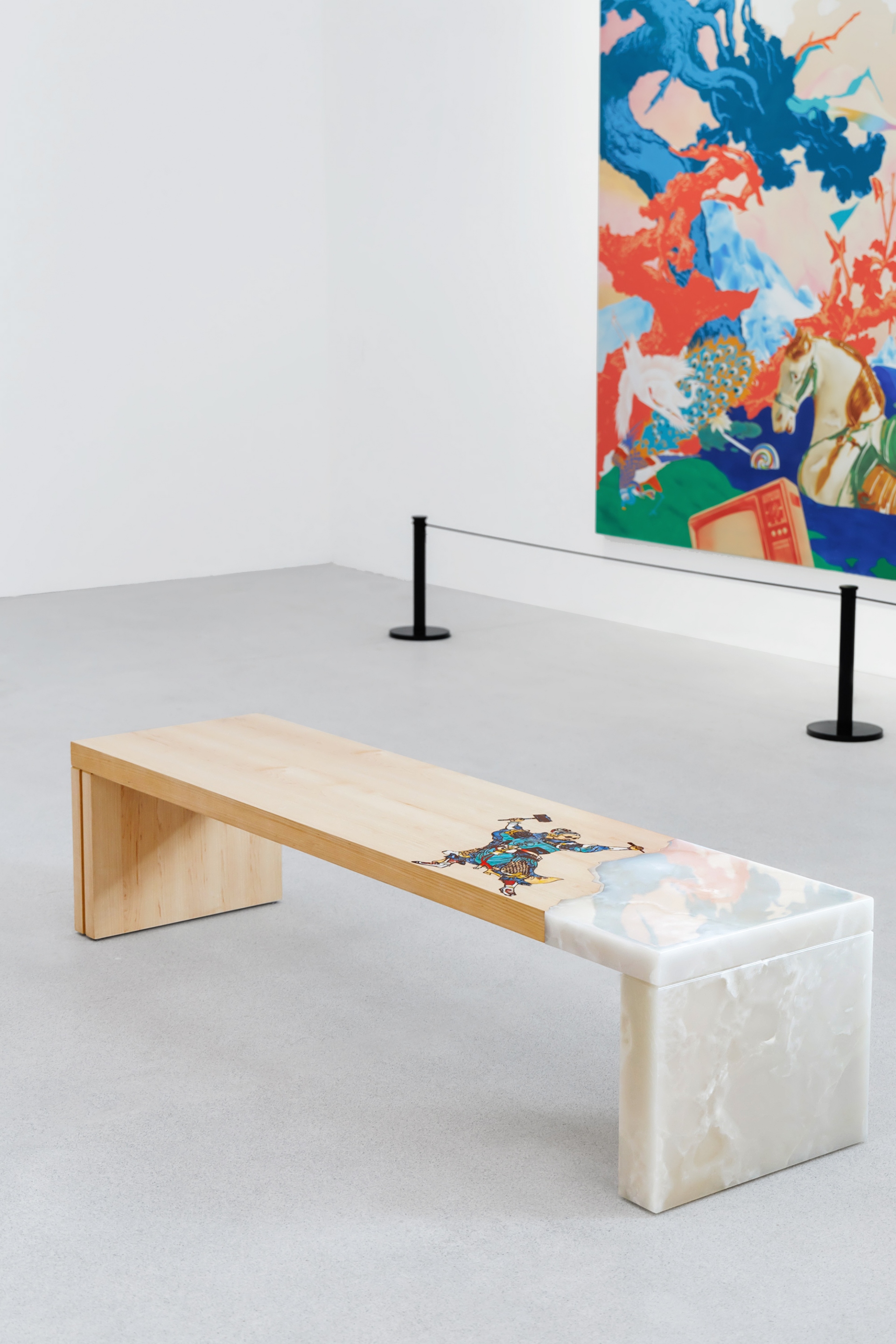
Revisiting the exhibition's theme, Mao Hua presents her distinctive take on "A Journey of All and None". Regarding the concept of "all", the artist creates multidimensional content through extensive means of expression marked by visual complexity in the patterns. The incorporation of "none" invites viewers to contemplate and engage with the artwork, the artists, and the entire exhibition. "To Western observers, the traditional symbols on the benches may bear a resemblance to a tattoo or totem. Jacky further develops traditional Chinese blue-and-white porcelain and rearranges these traditional elements. Closer inspection reveals subtle humor and narratives concealed in his creations. This is the impression embodied in the concept of 'none'." There are as many different faces as there are people. Each individual, with their unique experiences and identity, offers a distinct interpretation of a work of art.
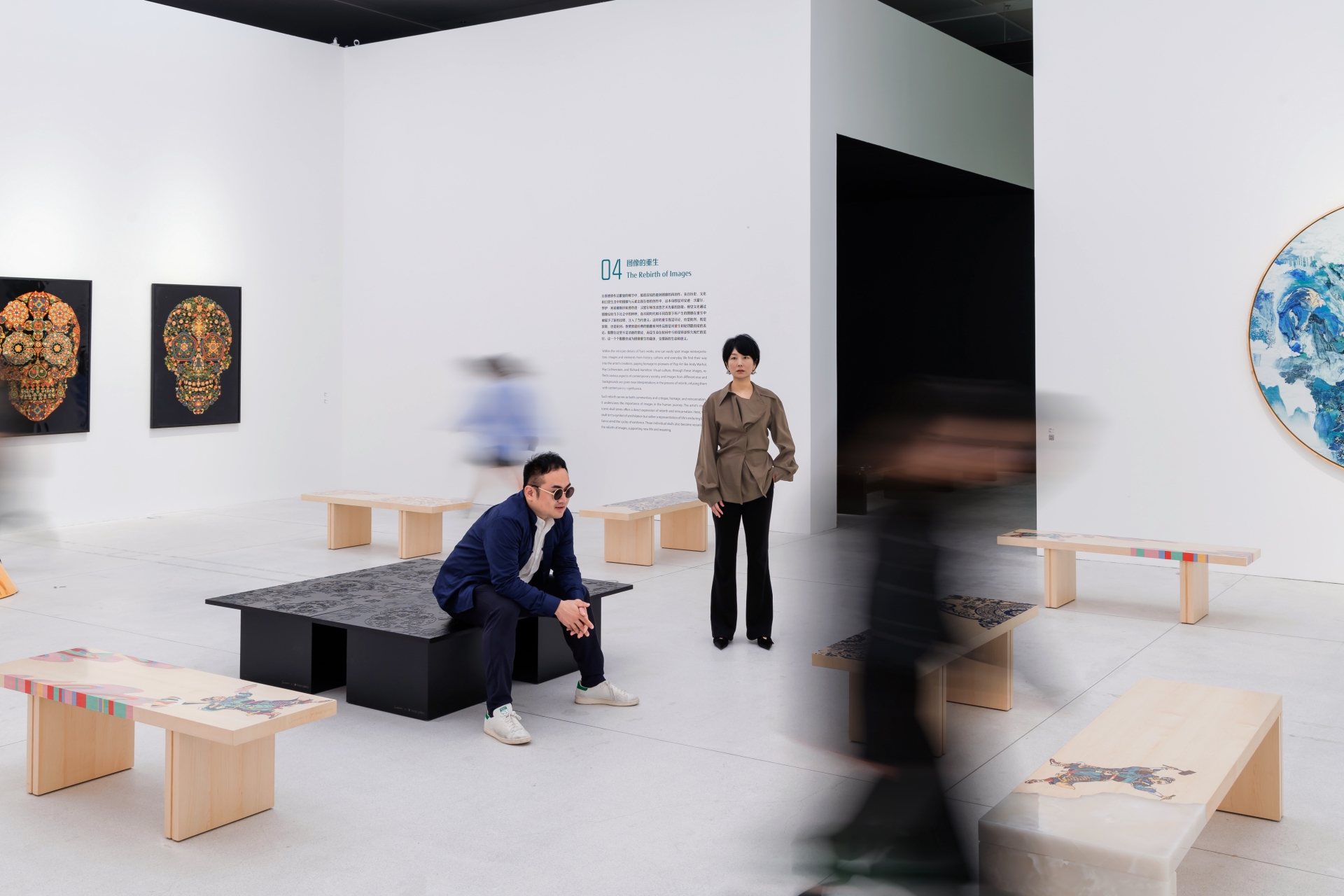
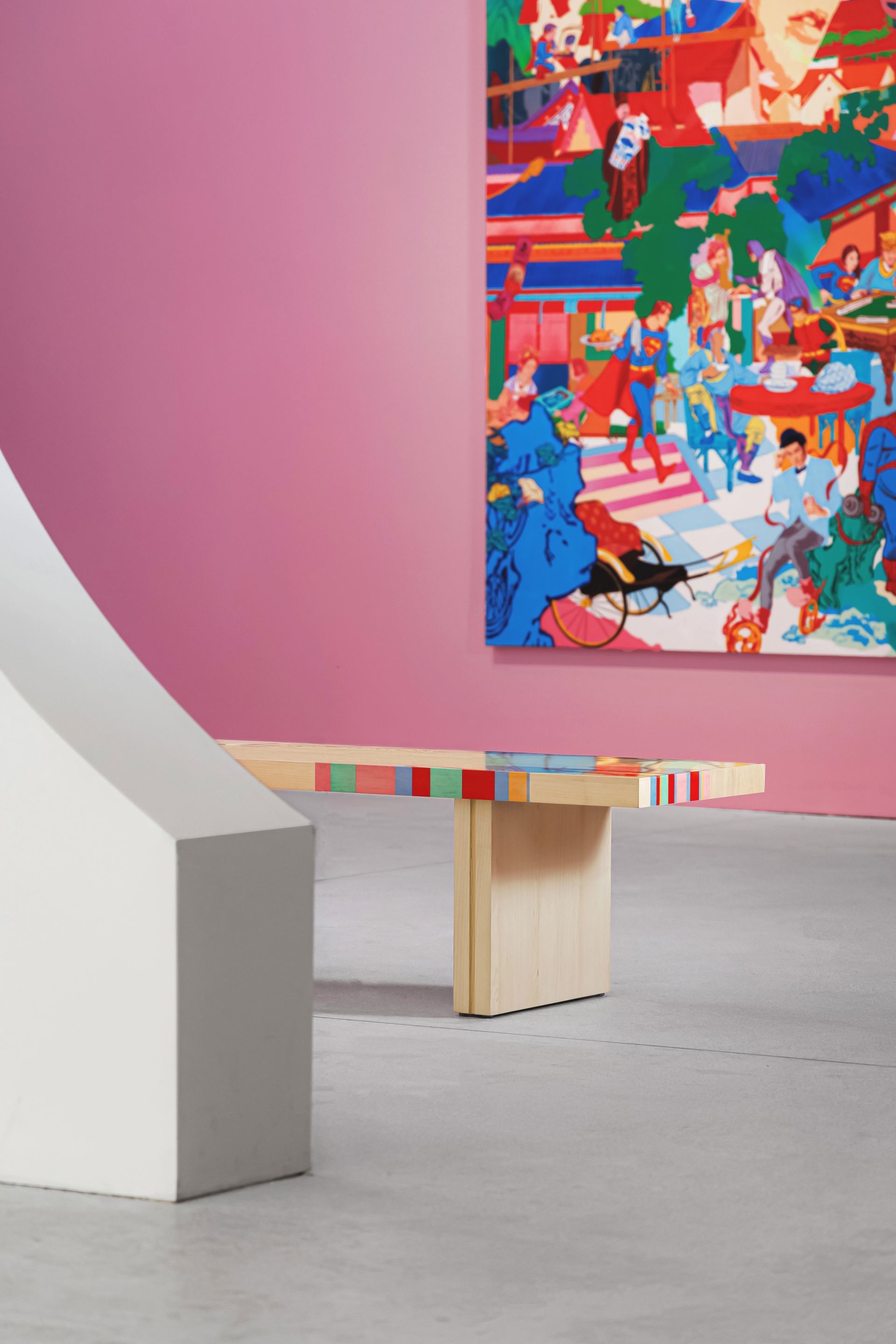
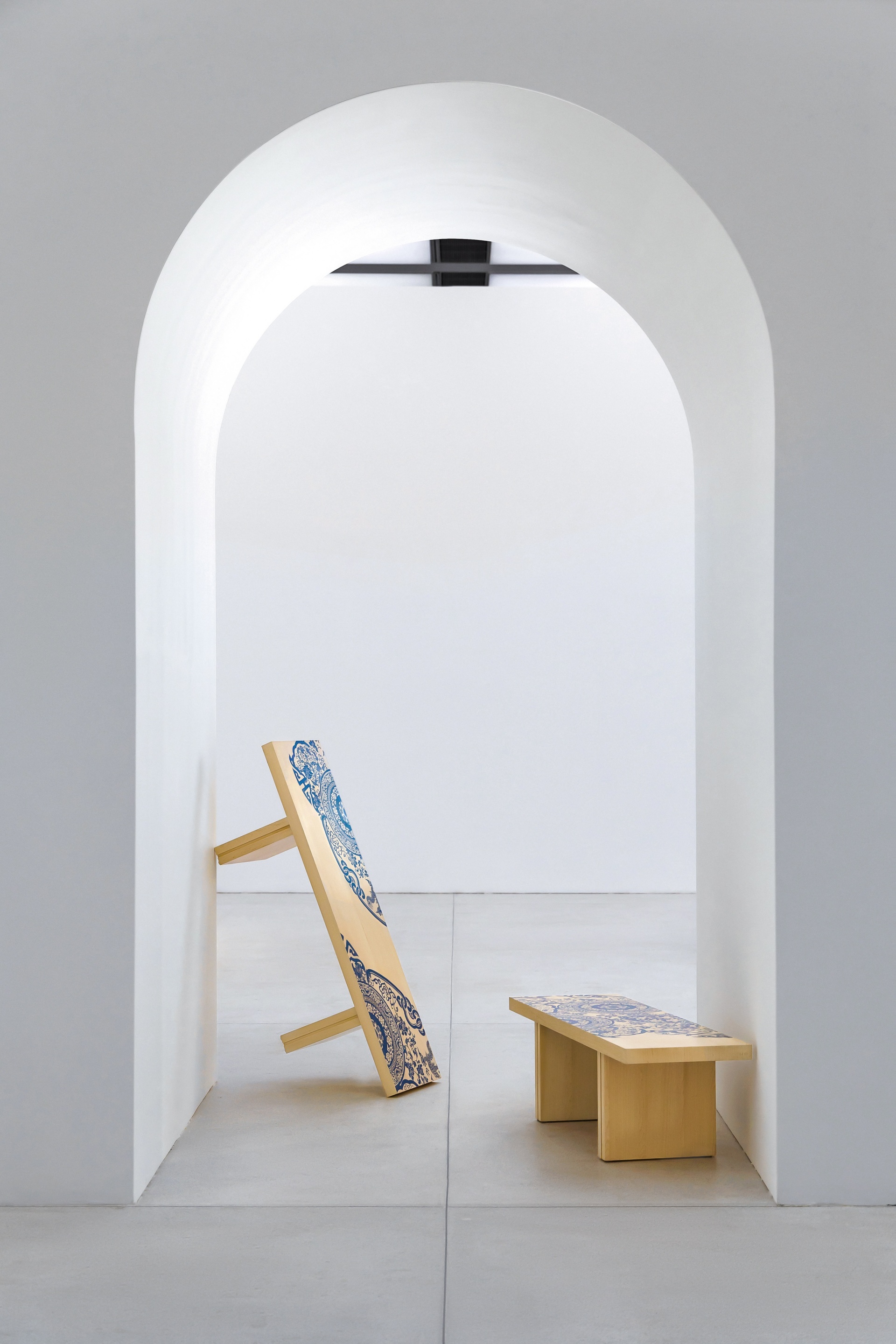
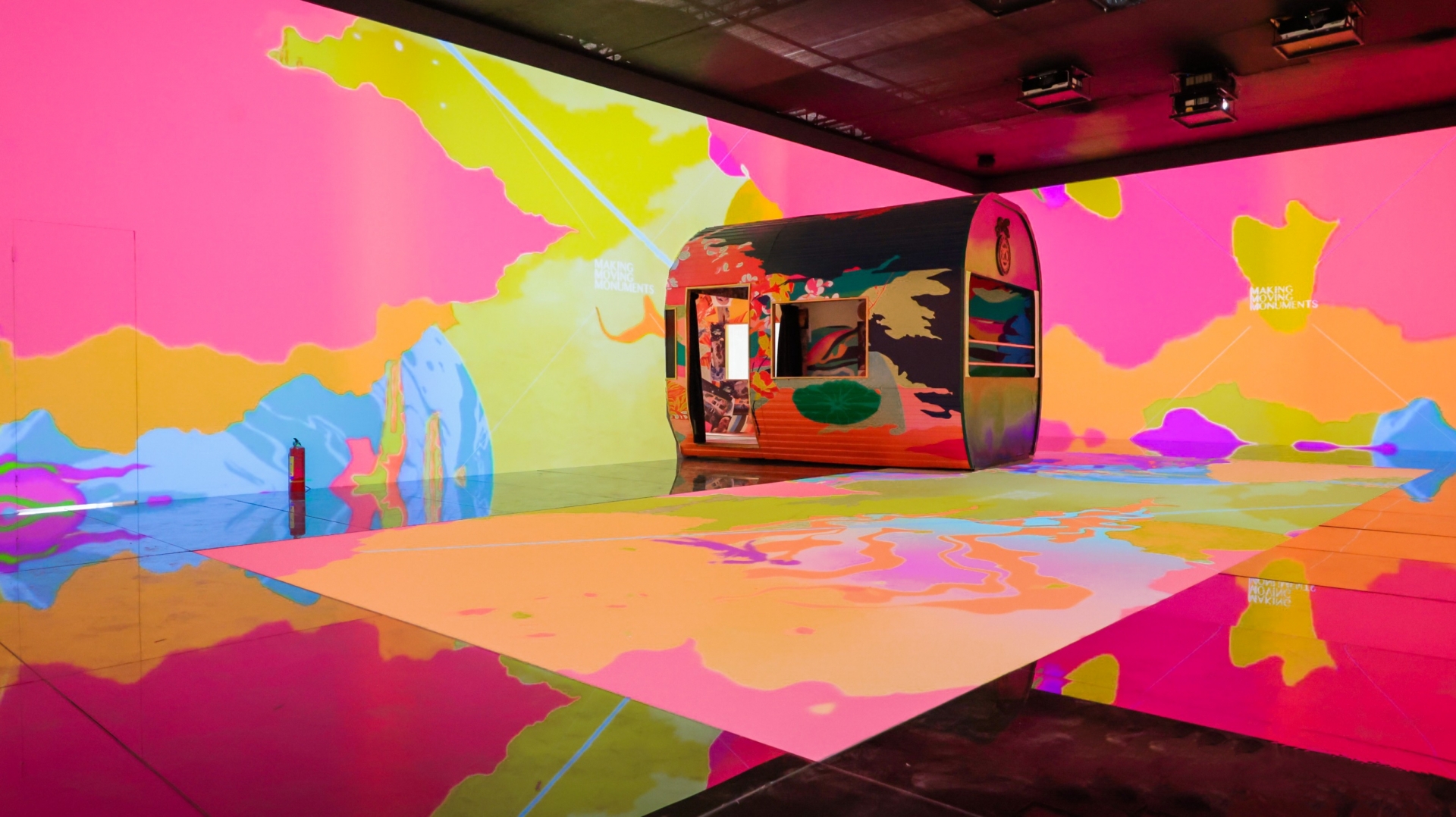
Born into a family with artistic tradition, Mao Hua has never confined herself to the conventional role of a designer. To her, art and design are not separate, and traversing between boundaries is a manifestation of her upbringing and demeanor. "No content is destined to be mainstream forever. We're in an era without any iconic styles." As she designs more home spaces, Mao Hua aims to create interior soft furnishings that align effortlessly with each space she conceives. The emphasis lies in avoiding the stylized and impersonal homogenization observed in mass-produced pieces by finding furniture pieces resonant with each occupant's unique temperament. Accordingly, the establishment of PP Design Gallery was a natural move. Located in the Pearl River Delta region, the gallery focuses on contemporary international design yet strays away from replicating the operational models of foreign galleries. It explores the idea of "localization", which entails skillfully borrowing, and introduces highly creative design brands and popular design products from all over the world.
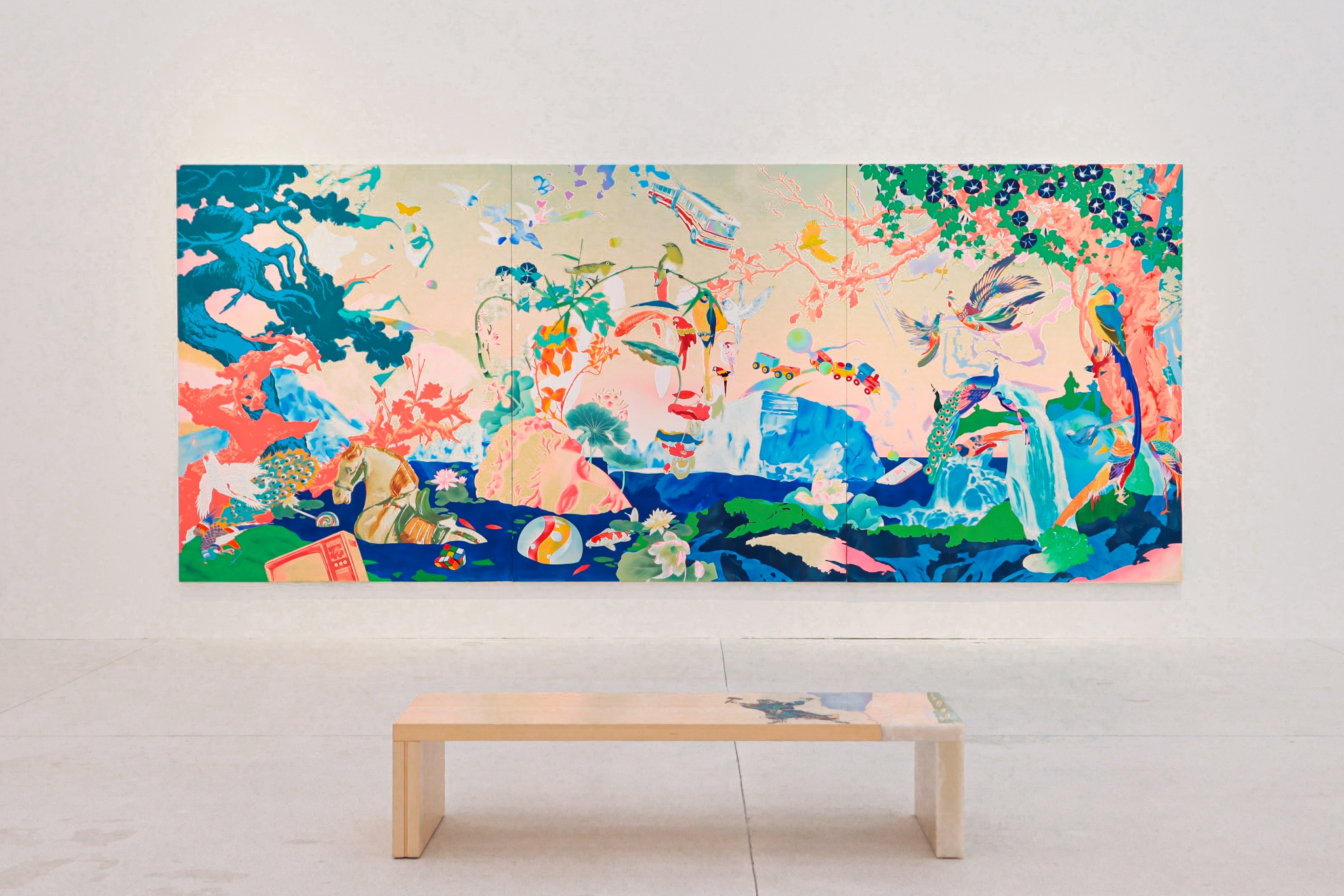
In today's home furnishings market dynamics, we find ourselves amidst a wave of brand homogenization. "People start to recognize only a select few brands. Luxury homes and big brands become a fixed match. It's as if we've entered a peculiar cycle, where brand name and basic furniture products pour down like a cascade."
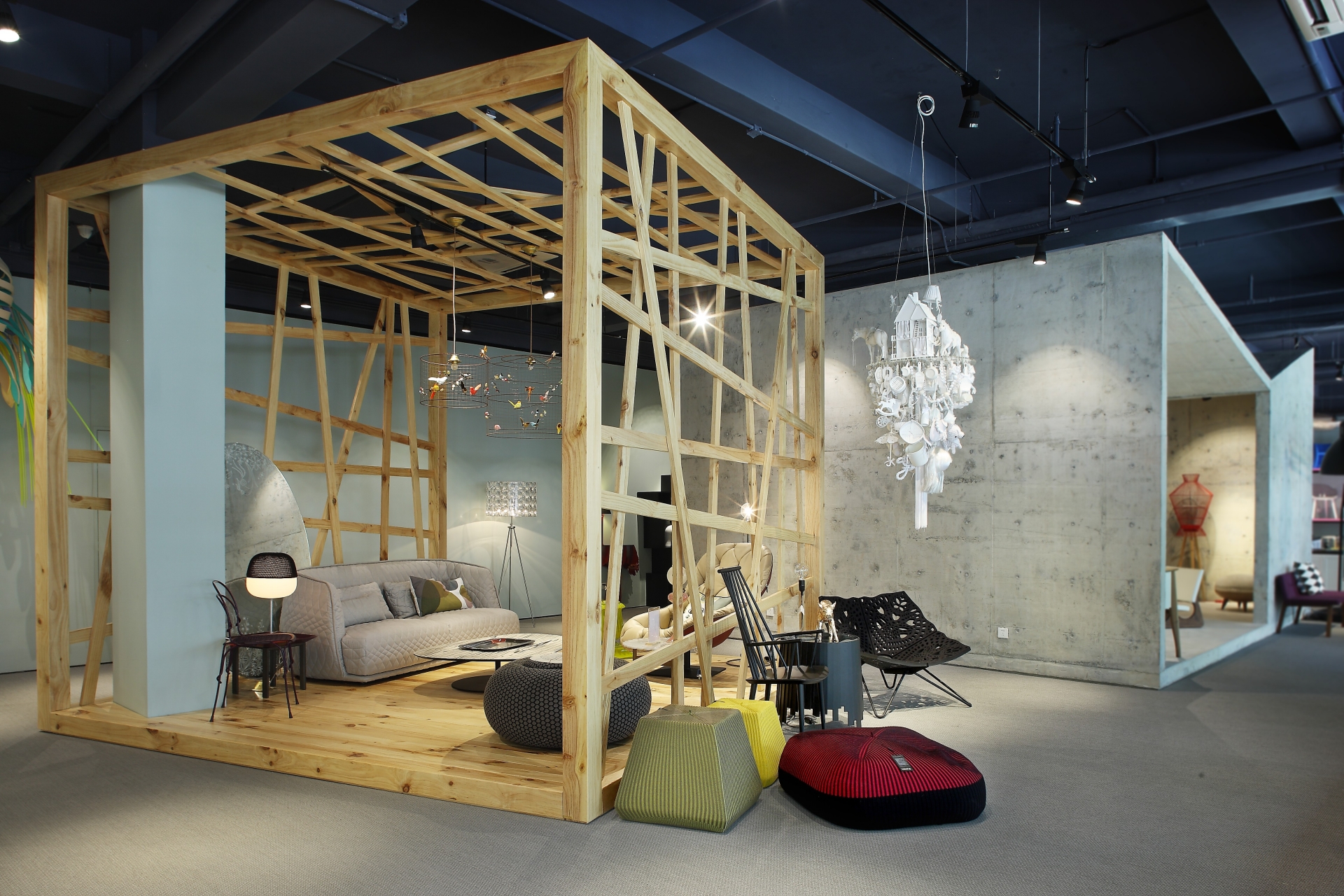
For Mao Hua, PP Design Gallery should be able to innovate and lead. Rather than yielding to the appeal of commercially promising products that play a safe card, she aims to create progressive, tailored products for the domestic market and its consumers. That's why she decided that PP Design Gallery ought to follow the path of art. Starting from the art bench series displayed at the exhibition "A Journey of All and None," Mao embarks on a modern exploration of art furniture that blends functionality and artistic expression. When considering the potential value of art furniture collections in the future, Mao Hua observes an inevitable trend. While the older generation of collectors prioritized appreciating space, material, and crafting complexity, the younger generation has emerged as a driving force and major player in the market with more openness and confidence. "Aesthetic consciousness evolves gradually from ignorance to awakening and enhancement," Mao Hua reflected. "Some find awakening first and seek diverse content early on. Ordinary people also want to have their own collections, but they are not able to collect large-scale works due to constraints of space. In this case, can a piece of artful, collectible, functional furniture redefine home spaces, transcending the stylized conformity towards a more tasteful, personalized embodiment?" It's a question she consistently approaches with introspection and scrutiny. "After the pandemic, the home furnishings industry is undergoing a slow pace influenced by economic conditions. This slowdown is not necessarily a setback. With fewer opportunities, we can immerse ourselves into our respective fields and focus more on our work.”
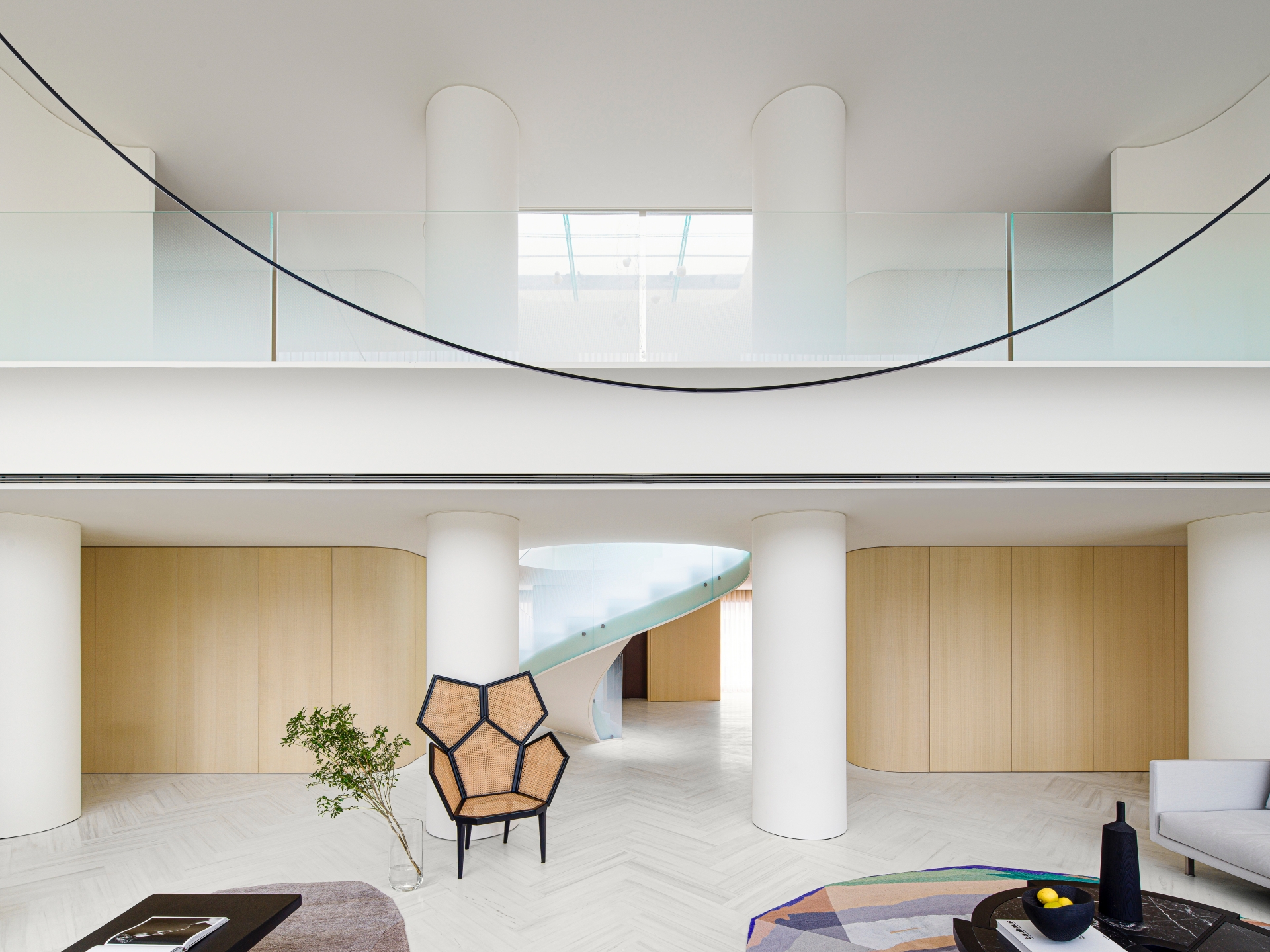
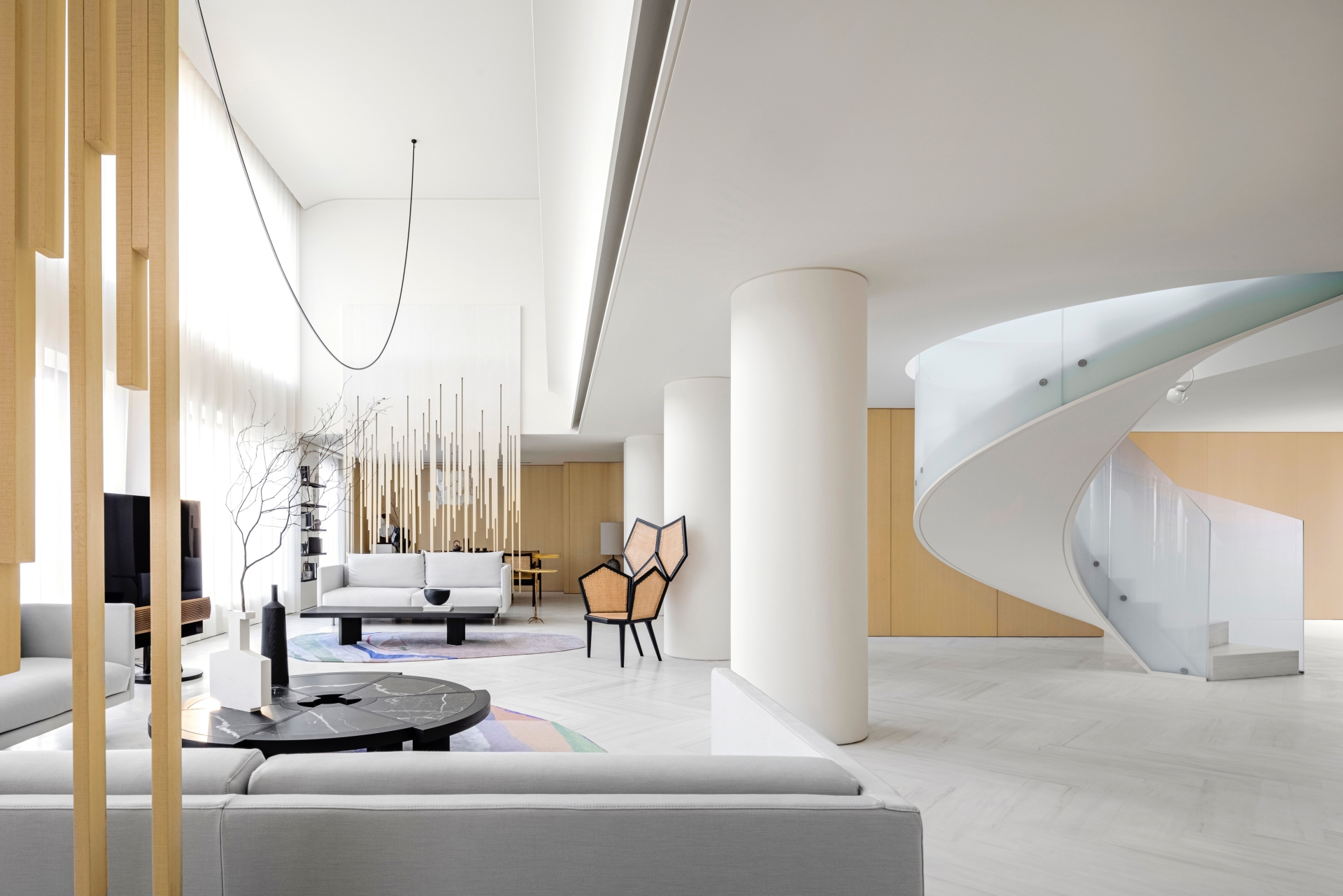
Currently, people are reevaluating the significance of their living spaces. Art furniture, which combines the spirits of art and design, is interwoven with considerations about humanity and society and caters to the collective pursuit of a better life. It naturally integrates art and design into everyday living spaces. This represents an early glimpse into the future, where every home becomes more than a mere dwelling, but a space to live and appreciate.





